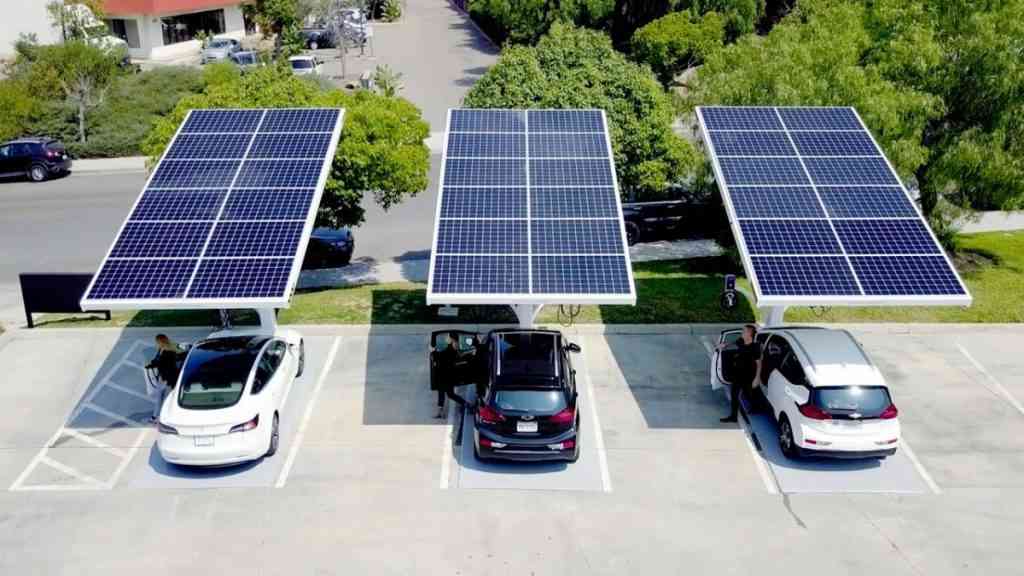
When President Robert Mugabe, together with his entourage that included Foreign Affairs and Industry and Commerce ministers, among many others, last week made their way to New York for the 72nd session of the UN General Assembly — whose theme was “Focusing on people: Striving for Peace and a Decent Life for All on a Sustainable Planet” — it may have given some the impression that the Zimbabwean government really cares about sustainability issues.
BY Chipo Masara
This is far from the truth, if one looks at the evidence on the ground.
Sustainability is defined by the World Bank as “a requirement of our generation to manage the resource base such that the average quality of life that we ensure ourselves can potentially be shared by all future generations”, adding that development is sustainable only if it involves a non-decreasing average quality of life.
In Environmental Science terms, sustainability is defined as ensuring the quality of life that is not harmful to the environment or depletes natural resources; one that supports long-term ecological balance. Zimbabwe does not fit this description. More worryingly, there does not seem to be any indication the responsible authorities are working towards achieving sustainability.
For instance, if the issue of the sustainable use of natural resources meant anything to the president and his government, Zimbabwe would still have diamonds in abundance as they would have been utilised in a manner that not only improved the lives of the generality of Zimbabweans, but also ensured future generations would have their share.
As things stand, the Marange diamond fields have since the discovery of the precious gems resembled a rat race, with different companies (mostly Chinese-owned) jostling to extract as much as they could, while they could.
It was not too long ago when the president himself admitted to the looting of the Marange diamonds, saying the country had potentially lost $15 billion through leakages. But the admittance came a little too late as by then, Marange was running out of the gems, with companies having to dig much further down to get them.
- Chamisa under fire over US$120K donation
- Mavhunga puts DeMbare into Chibuku quarterfinals
- Pension funds bet on Cabora Bassa oilfields
- Councils defy govt fire tender directive
Keep Reading
As the mining of diamonds continues, there is consensus it has not benefitted ordinary Zimbabweans as only those that are politically well-connected continue to self-aggrandise from them, never mind the fact that they look set to run out soon and future generations may only hear of them in their history classes. In short, the mining of the country’s diamonds has not in any way been sustainable.
Worryingly, it is the communities in which they are discovered that bear the brunt of the minerals’ use. All that the people of Marange, for instance, have to show for the wealth discovered in their area is the contaminated water sources that include the Save River that was reportedly polluted by the harmful chemicals used in mining the diamonds — the water they and their livestock had relied on for years. The Zimbabwe Environmental Law Association working with the University of Zimbabwe carried out a study that brought to the fore the contamination of the water sources.
In the meantime, while all progressive nations have been following the calls to cut on — if not erase altogether — fossil fuels and move towards renewable energy (the making of which does not exert pressure on the environment); like Donald Trump’s administration, Mugabe’s government is hell bent on making use of all the coal reserves that the country has — which are believed will take hundreds of years to deplete.
But in a plot similar to that of Marange, the Hwange community — where the bulk of the country’s coal comes from — are having a torrid time dealing with the coal dust that now engulfs their areas, culminating in the widespread incidences of acute respiratory ailments. Those in the impoverished communities there that can afford it are resorting to drinking a pint of milk each day in an attempt to evade the health problems brought about the coal mining.
Communities in gold-mining Kwekwe, granite-mining Mutoko and platinum-mining Ngezi, among many other areas dotted all over the country with mineral reserves, have largely reported a deteriorating quality of life owing to the mining activities in their areas.
But it is not only the mining sector that does not seem to understand the meaning of sustainability. The agricultural sector — with the so-called “new farmers” as the drivers — is also majorly fraught with environmental destruction. For instance, while the tobacco farmers are each year hailed as the country’s economic heroes, there is little mention of the amount of environmental damage they are causing as they wantonly cut down mostly indigenous trees — some of which would have taken centuries to grow — to use in curing their tobacco. The country is facing deforestation of high proportions, a substantial part of which is blamed on tobacco farming.
On the other hand, the government has over the years been playing a major part in the loss of the country’s wetlands (land areas saturated with water, either permanently or seasonally, and taking on the characteristics of distinct ecosystems).
The responsible authorities appeared unaware of how important a water source the wetlands are until a little too late. Although the Environmental Management Agency should be acknowledged for its frantic efforts to save the remaining wetlands, it was not enough to save the valuable ecosystems, some of which were lost forever.
But perhaps it is the management of the country’s wildlife that begs the question: Does our government even know what sustainability is all about?
It took the ecological disaster of 2013 when poachers sneaked into Hwange National Park — the country’s biggest wildlife reserve — undetected and killed over 300 elephants through cyanide poison, along with hundreds of other predatory creatures like vultures that fed on the carcasses, for the country and the rest of the world to realise how much danger the country’s wildlife is in.
Poachers have since then continued to strike, with no significant arrests being made. Zimparks — tasked with looking after the wildlife —for their part continue to cry about lack of funds to properly carry out their mandate.
I could go on and on if it wasn’t for space constraints and prove beyond reasonable doubt that the government of Zimbabwe either does not have a clue what sustainability is all about, or simply does not give a hoot about it.
l Feedback: email [email protected]/[email protected]











